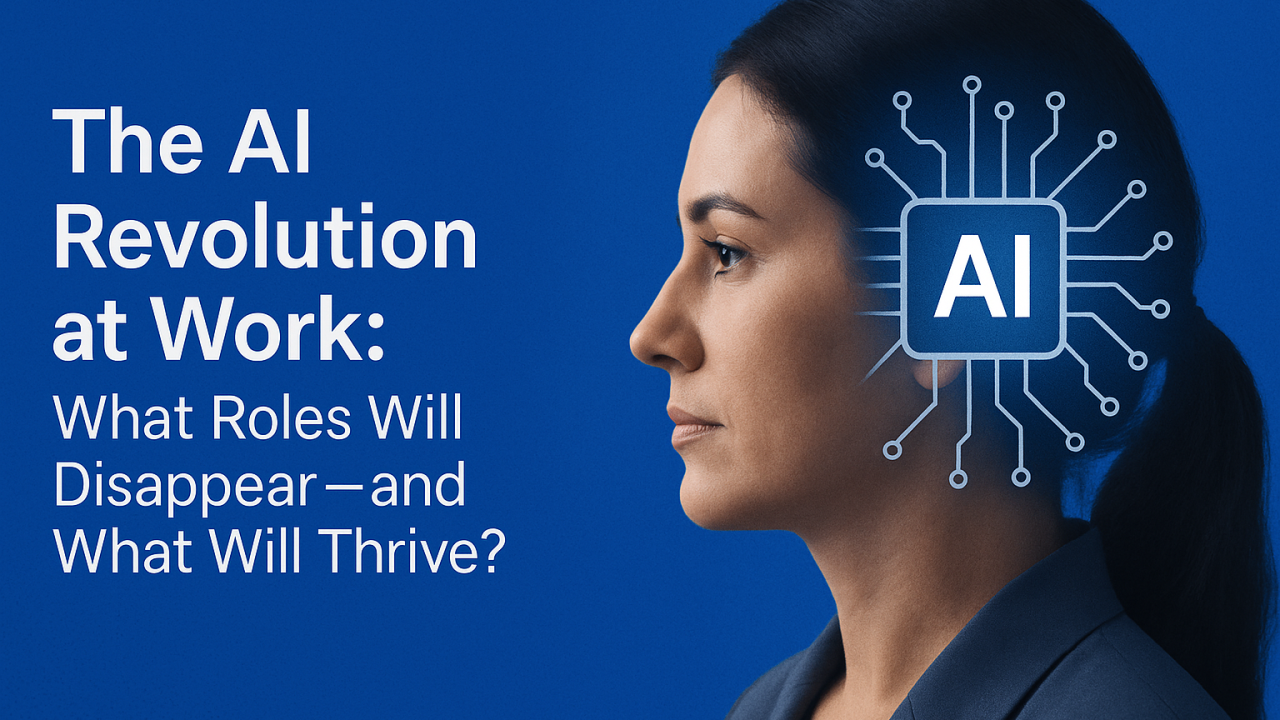
Why This Could Be Career Suicide If You’re Not Careful
But let’s not sugarcoat the risks. I’ve also seen careers derailed by AI implementation. Senior managers who became obsolete because AI could analyse data faster than their teams. Sales professionals who lost relevance when AI started predicting customer behaviour better than their “gut instincts.”
The brutal reality: If your primary value comes from being a human database or following established processes, you’re vulnerable. Workers who can’t articulate their unique human value beyond “experience” often find themselves replaced by algorithms that learn their patterns in weeks, not decades.
The career death spiral is predictable: resist the technology, fall behind on skills, become defensive about “the old way,” then watch younger colleagues who embrace AI tools leapfrog past you.
The New Worker Dilemma: When AI Learns Faster Than Humans
Here’s the challenge nobody’s talking about: entry-level workers are facing an unprecedented problem. Traditional career development relied on starting with basic tasks and gradually building expertise. But AI now handles those foundational tasks better than beginners.
The learning gap crisis:
- Junior analysts can’t develop data intuition when AI does the analysis
- New hires miss pattern recognition skills because algorithms spot trends first
- Entry-level workers lose opportunities to make “useful mistakes” that build judgment
- Critical thinking muscles don’t develop when AI provides ready-made insights
I’ve seen recent graduates struggle because they never learned to manually build financial models, write from scratch, or develop research methodologies. When the AI tool fails or needs customization, they’re lost. They know how to prompt AI but not how to think without it.
The mentorship paradox: Senior workers worry about training their own replacements, so knowledge transfer to new employees decreases just when it’s most crucial.
The Bottom Line
AI and automation will fundamentally change how we work—that’s not a question anymore.
The question is how you will be a victim of that change or a beneficiary of it.
The organisations and individuals thriving in this new landscape aren’t necessarily the most technically savvy. They’re the ones who acknowledge reality, invest in adaptation, and view AI as a powerful collaborator rather than a threatening competitor.
Your move: Start use the AI tools in your industry today. Not next quarter, not when your company forces you to—today. The future of work isn’t waiting for you to get comfortable with it. See how can you automate your personal work space or your teams workspace. Develop the skills to be relevant




